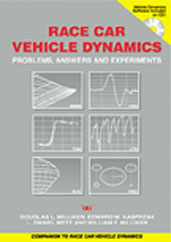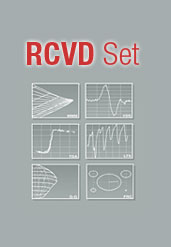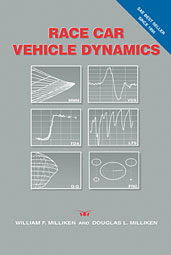Technical Paper
Analysis and Correlation using Lap Time Simulation-Dodge Stratus for the North American Touring Car Championship
1996-12-01
962528
Simulation of race circuit performance had a significant impact on the design and development of the Dodge Stratus North American Touring Car Championship (NATCC) entry. The analysis involved utilization of the Milliken Research Associates, Inc. (MRA) Lap Time Simulation (LTS) program which predicts lap time based on data describing the vehicle, tires, and race track. Input data for the simulation was obtained from several sources. Chrysler Vehicle Engineering provided vehicle design information and engine power data. Tire characteristics were measured at Calspan Corporation. Aerodynamic coefficients were derived from scale model wind tunnel tests performed by Reynard Racing Cars Ltd. at the Houghton Wind Tunnel, Royal Military College of Science Shrivenham, Wiltshire, UK. X-Trac Ltd. provided transaxle specifications and race line data was derived from on-board measurements and circuit maps. Parametric studies of the vehicle variables were performed for various tracks.



